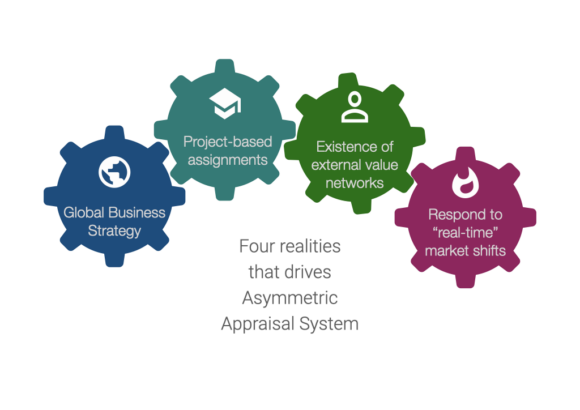The question is “who owns performance management?”
It has traditionally focused on cited “owners”: the manager, the employee, and HR. Each employee’s performance is impacted by a host of players within the organization.
Leading organizations have begun to recognize that performance managers for an individual include
a. the employee’s peers
b. a cross-functional manager (where applicable)
c. a coach or mentor
d. a third-party assessor (for example, managers participating in a calibration session, certification audits
etc.)
e. third-party peer

There are at least eight different parties involved in activities relating to the performance of one individual. As a result, the most pressing challenge is to ensure that all actors involved do so coherently and consistently. It is critical to ensure there is no duplication of efforts or conflicting mandates. Changing stakeholder structure, and business pressures, make “standard” performance management practices obsolete.
There are a set of barriers to the application of traditional performance management practices. They are:
a. Global business strategy
b. Project-based assignments
c. The existence of external value networks
d. The need to respond to “real-time” market shifts
Today, work environments are too fast-paced and fast-changing. This seldom allows for biannual performance reviews conducted by a “steady” direct manager and a “steady” set of peers.
We have helped clients build dynamic performance management systems. A system that balances ownership, is flexible to adapt to changing needs, and easy to administer.

